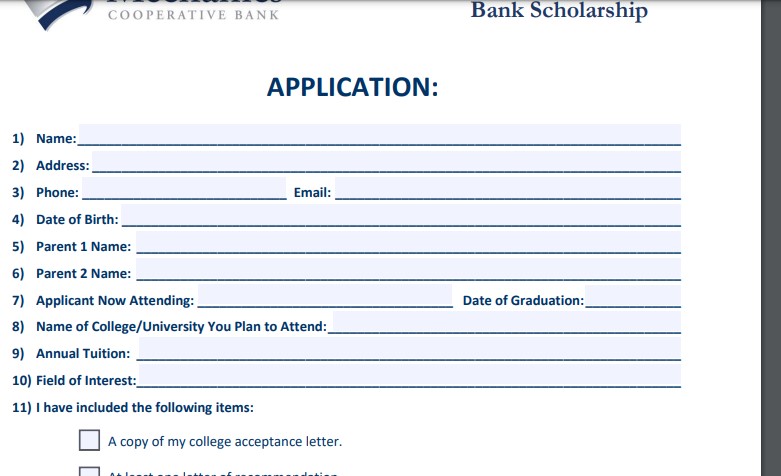Understanding Negative Equity
Negative equity, often referred to as being “upside down” on a car loan, occurs when you owe more on your existing auto loan than what the car is worth. This situation is fairly common, especially if you purchased a brand-new vehicle and its value has depreciated quickly. Negative equity can complicate a trade-in process, as you may owe the difference between your loan balance and the trade-in value of your car.
Review Your Credit Situation
Prior to trading in your car, it’s crucial to review your credit situation. Obtain a free copy of your credit report and check for any errors or discrepancies. Poor credit can make it more challenging to secure a loan for a new car, but you may be able to find lenders who specialize in working with individuals with bad credit. Knowing your credit score will also help you negotiate potential loan terms and interest rates.
Explore Your Options
When dealing with negative equity and bad credit, it’s important to explore your options before heading to the dealership. Research online to find lenders who offer auto loans for individuals with poor credit. Look for loan programs aimed at helping people in situations similar to yours. By doing your homework, you may increase your chances of finding a financing option that suits your needs.
Consider a Trade-in with a Large Down Payment
If you have negative equity and bad credit, one option is to trade in your car with a large down payment. By putting down a significant amount upfront, you can offset some of the negative equity and potentially qualify for a loan to finance the remaining balance on your new car. While this may require saving up for a while, it can greatly improve your chances of being approved for a loan.
Look for Dealerships Offering Special Financing
Many dealerships have special financing programs designed to assist customers with bad credit or negative equity. These programs often come with higher interest rates, so be sure to carefully read and understand the loan terms before signing any agreements. While these programs may not offer the most favorable rates, they can provide an opportunity to trade in your car and get into a new one.
Improve Your Credit Score
While improving your credit score may take some time, it can greatly benefit your chances of trading in a car with negative equity and bad credit in the future. Take steps to pay off any outstanding debts, make all payments on time, and consider working with a credit repair company to help remove any inaccuracies or errors on your credit report. A higher credit score will increase your chances of obtaining better loan terms in the future.
Negotiate the Trade-in Value
When trading in a car with negative equity, it’s important to negotiate the trade-in value. Do some research to determine the fair market value of your vehicle. This knowledge will give you leverage when discussing the trade-in price with the dealership. Additionally, consider selling the car privately, as you may be able to get a higher price from a private buyer, which could help reduce the negative equity.
Consider a Lease
If your negative equity and bad credit make it difficult to secure a loan for a new car, you might want to consider leasing instead. Leasing typically requires lower monthly payments compared to purchasing a car, and many lease agreements don’t require a large down payment. While there are pros and cons to leasing, it can be a viable option if you need a new vehicle but are unable to secure a loan.
Conclusion
Trading in a car with negative equity and bad credit may seem daunting, but it’s not impossible. By understanding your financial situation, exploring different options, negotiating the trade-in value, and considering alternatives such as leasing, you can make the process smoother. Remember to do thorough research, work on improving your credit score, and be patient. With proper planning and patience, you’ll be able to upgrade your vehicle even with negative equity and bad credit.




